When it comes to dredging operations, selecting the right type of dredge pump is essential for efficient and effective material removal. Two main types of dredger pumps commonly used in the industry are centrifugal pumps and positive displacement pumps. Each type has its own advantages and considerations, and understanding their differences can help in choosing the most suitable option for a dredging project. In this guide, we will explore the characteristics, applications, and benefits of centrifugal pumps and positive displacement pumps.

Centrifugal Pumps:
Centrifugal pumps are widely used in dredging due to their ability to handle large volumes of fluid and solids. They operate on the principle of centrifugal force, where the rotating impeller accelerates the fluid and solids, creating a centrifugal flow. Here are the key features and benefits of centrifugal pumps:
Solids Handling: Centrifugal pumps are effective in handling slurries and materials with high concentrations of solids. The impeller's design allows for the passage of solids without clogging, making them suitable for dredging projects where sediment, sand, or gravel need to be pumped.
High Flow Rates: Centrifugal pumps are capable of delivering high flow rates, making them ideal for projects that require moving large volumes of material quickly. They can efficiently handle high-capacity dredging operations, such as harbor maintenance, beach replenishment, or land reclamation.
Simple Design and Operation: Centrifugal pumps have a relatively simple design, consisting of an impeller, volute casing, and inlet and outlet connections. They are easy to operate and require minimal maintenance. They can be powered by electric motors, diesel engines, or hydraulic systems, depending on the project requirements.
Energy Efficiency: Centrifugal pumps are known for their energy efficiency, especially when operating at higher flow rates. They can provide substantial pumping power while consuming less energy, resulting in cost savings over time.
Positive Displacement Pumps:
Positive displacement pumps operate by trapping a fixed amount of fluid or material and displacing it through the pump's outlet. These pumps are suitable for applications where precise control of flow rate is required. Here are the key features and benefits of positive displacement pumps:
Additional reading:Mechanical Parts & Fabrication ServicesWhat is an outlet elbow?Top 10 Slurry Pump Manufacturerscell culture consumablesOil Seals - Everything You Need to KnowFrequently Asked Questions about Centrifugal PumpsWhat are the key components of an AH Slurry Pump?
Variable Flow Rates: Positive displacement pumps offer more precise control over flow rates compared to centrifugal pumps. They can maintain a consistent flow regardless of changes in system pressure, making them suitable for projects that require accurate dosing or metering.
Non-Clogging Performance: Positive displacement pumps can handle viscous materials and those with higher solid content. They are less prone to clogging compared to centrifugal slurry pumps, making them suitable for projects involving thicker sludges or materials with higher concentrations of solids.
Self-Priming Capability: Positive displacement pumps are often self-priming, meaning they can create a vacuum and draw fluid into the pump without the need for external priming. This feature simplifies the setup process and allows for easier operation in applications where the pump needs to be primed frequently.
Suitable for High-Pressure Applications: Positive displacement pumps can generate high discharge pressures, making them suitable for projects that require pumping materials over long distances or against significant head pressures. They can handle higher system pressures without losing performance.
Versatility: Positive displacement pumps are versatile and can handle a wide range of materials, including slurries, oils, chemicals, and viscous fluids. They are commonly used in projects involving wastewater treatment, oil and gas drilling, and industrial applications.
In conclusion, both centrifugal pumps and positive displacement pumps have their advantages and applications in dredging operations. Centrifugal pumps are preferred for their high flow rates, solids handling capabilities, and simplicity of operation. Positive displacement pumps are suitable for projects requiring precise flow control, non-clogging performance, and high-pressure capabilities. The choice between the two types Sand dredge pump depends on the specific requirements of the dredging project, including the material to be pumped, flow rate needs, system pressure, and desired level of control.
Additional resources:Maintenance Tips for Triplex Mud Pumps in the OilfieldWhat is the difference between spherical and cylindrical roller bearings?Ultimate Guide to Disc Spring Stack: FAQs, Tips & TricksMaximizing Efficiency: The Ultimate Guide to Material Handling CagesHow does a wave washer work?What are the two most common crane booms?Is it worth stacking Belleville washers for bulk orders?







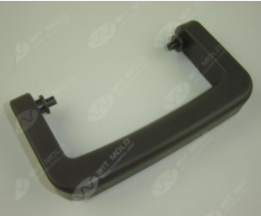
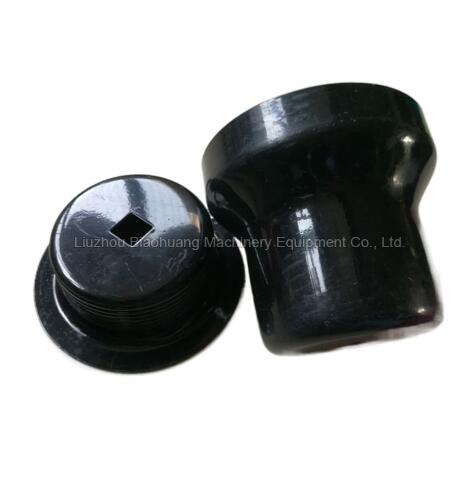

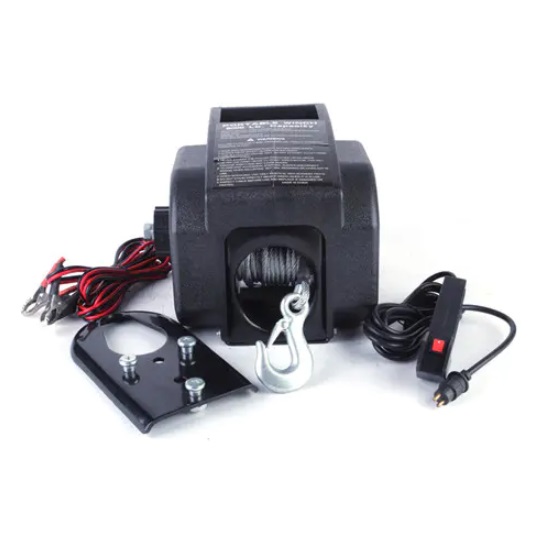
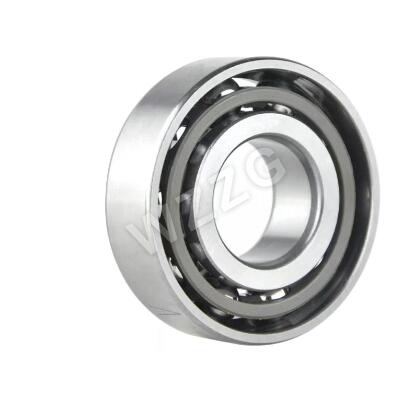
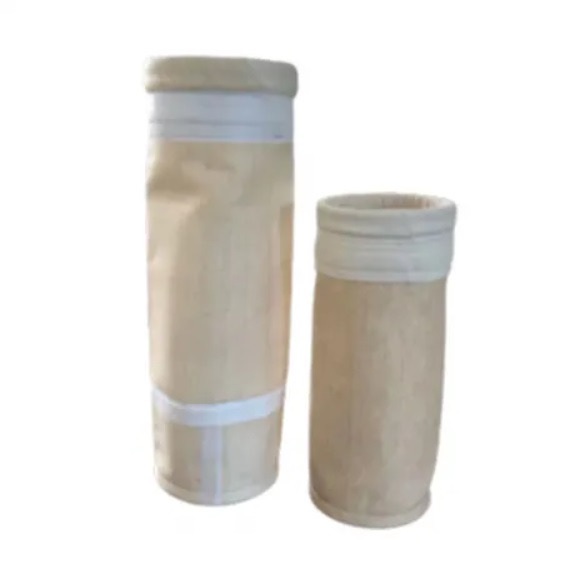
Comments
All Comments ( 0 )